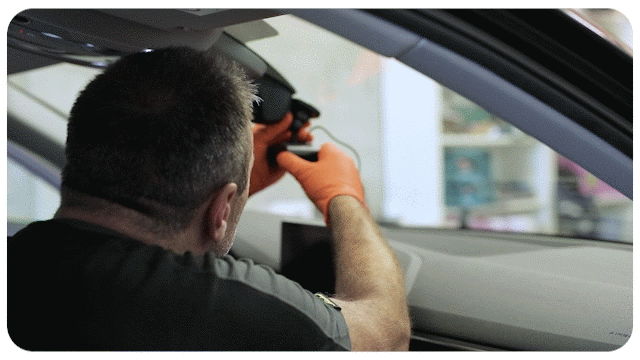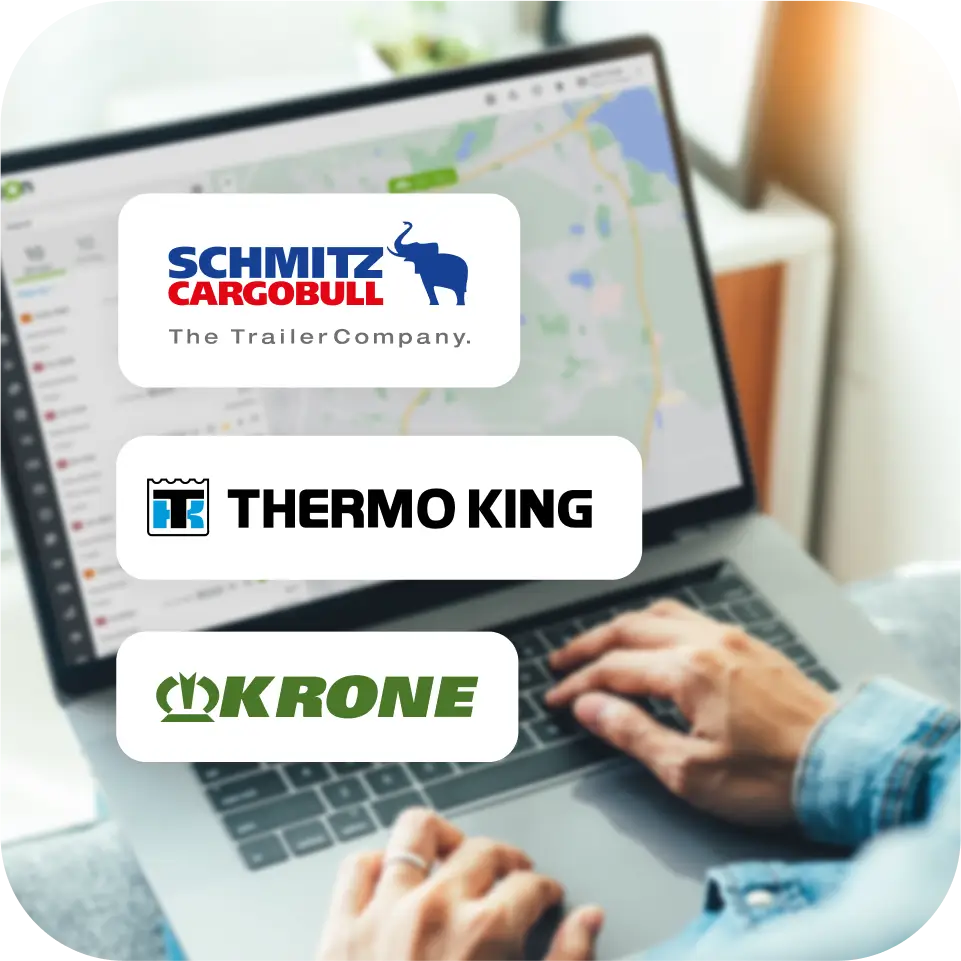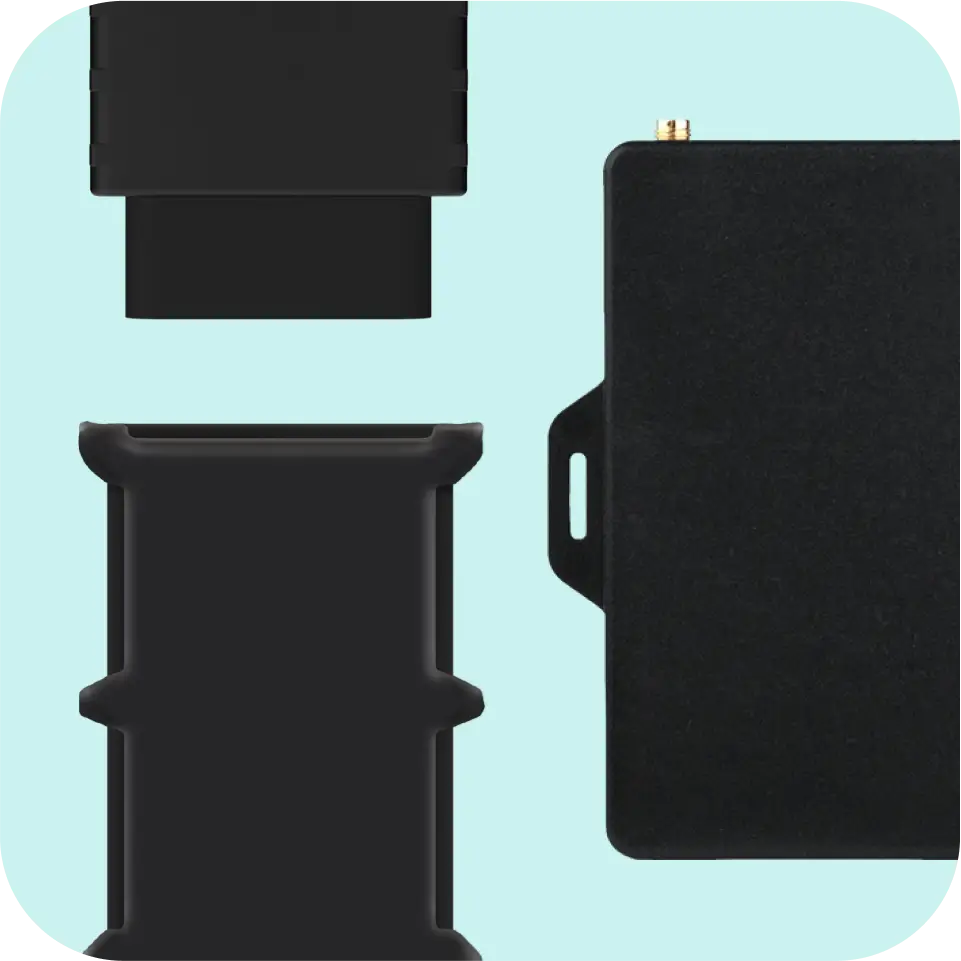Máte záujem?
Požiadajte o bezplatnú konzultáciu, aby ste sa dozvedeli viac o našich riešeniach správy vozového parku a spôsoboch, ako vám Mapon môže pomôcť spravovať váš vozový park!


Využite našu pohodlnú platformu na správu vozového parku (fleet management) a sledovanie majetku na prijímanie rozhodnutí na základe údajov, šetrenie zdrojov a rast vášho podnikania.
Získajte cenovú ponuku zadarmo
Inštalované zariadenia
Zákazníci
Skúseností
Globálni partneri
Naši klienti zastupujú rôzne odvetvia, vrátane logistiky, diaľkovej dopravy, stavebníctva, agrobiznisu a doručovacích služieb. Ak má vaša firma na dohľad nad vozidlami a majetkom, nájdeme spôsob, ako zvýšiť jej prevádzkovú efektivitu.
Ak vás zaujíma konkrétne riešenie, kliknite na tlačidlo More in English a zobrazte jeho podrobnú stránku!
Pozrite si vozidlá v reálnom čase, získajte prístup k informáciám o aktuálnych a historických jazdách jediným kliknutím
More in English
Automaticky sťahujte údaje z tachografu, použite ich na jednoduchý výpočet mzdy a získajte pripomenutia kalibrácie, aby ste v plnom rozsahu spĺňali predpisy o tachografoch
More in English
Zlepšite spotrebu paliva a bezpečnosť na cestách zhrnutím pozitívnych a negatívnych jazdných vlastností, ako je prudké brzdenie alebo predbiehanie
More in English
Optimalizujte spotrebu paliva, sledujte údaje o emisiách CO2 a pridajte účtenky za palivo pre jednoduché riadenie paliva
More in English
Minimalizujte riziko nehôd, eliminujte mŕtve uhly a zbierajte video dôkazy pomocou monitorovania vozidla a automatickej detekcie udalostí
More in English
Optimalizujte proces údržby vozového parku, pozrite si súhrn technického stavu vozového parku a naplánujte si pripomenutia servisu
More in English
Zbierajte údaje o dennom čase jazdy vozového parku, voľnobehu, zapnutí a vypnutí zapaľovania pre optimálne využitie vozidla
More in English
Monitorujte všetko cenné, ako sú nástroje, prívesy, člny alebo veľké vybavenie so spoľahlivým sledovaním majetku
More in English
Správa pracovného zaťaženia a zmien s prispôsobiteľnými pracovnými dňami, časmi a stavmi
More in English
Zabráňte znehodnoteniu rýchlo sa kaziaceho nákladu pomocou systému monitorovania a regulácie teploty
More in English
Zefektívnite fungovanie spoločnosti pomocou prispôsobiteľných digitálnych formulárov, ktoré môžu zamestnanci vyplniť kedykoľvek a kdekoľvek
More in English
Optimalizujte využitie vozidiel a zobrazte ich polohu v reálnom čase pomocou nástroja na rezerváciu vozidiel pre zamestnancov
More in English
Požiadajte o bezplatnú konzultáciu, aby ste sa dozvedeli viac o našich riešeniach správy vozového parku a spôsoboch, ako vám Mapon môže pomôcť spravovať váš vozový park!
Platforma Mapon je prístupná z mobilu alebo počítača – čokoľvek, čo je pre vás výhodnejšie.


Zjednodušte výmenu údajov medzi Maponom a vašimi ďalšími platformami na správu údajov.
Integrujeme sa s poprednými IT systémami v doprave a logistike, ako aj ponúkame prispôsobené nastavenia pre účtovníctvo a sklady.
Pripojte a monitorujte svoj vozový park niekoľkými kliknutiami pomocou OEM integrácií, ako sú Schmitz Cargobull, KRONE a Thermoking.


Hľadáte kvalitné GPS monitorovacie zariadenie? S našimi zariadeniami Mapon Expert a Mapon Basic môžete z platformy vyťažiť maximum – či už ide o jednoduchú alebo vysokú úroveň správy vozového parku. Vyberte možnosť Plug & Play a nastavte ho za pár minút!
Máte už zariadenie nainštalované? Je veľká šanca, že to podporíme. Platforma Mapon je kompatibilná s monitorovacími zariadeniami od popredných svetových výrobcov.
Chcete sa dozvedieť viac o našich riešeniach a dostať prispôsobenú ponuku? Vyplňte nižšie uvedený formulár a náš tím sa s vami spojí čo najskôr!